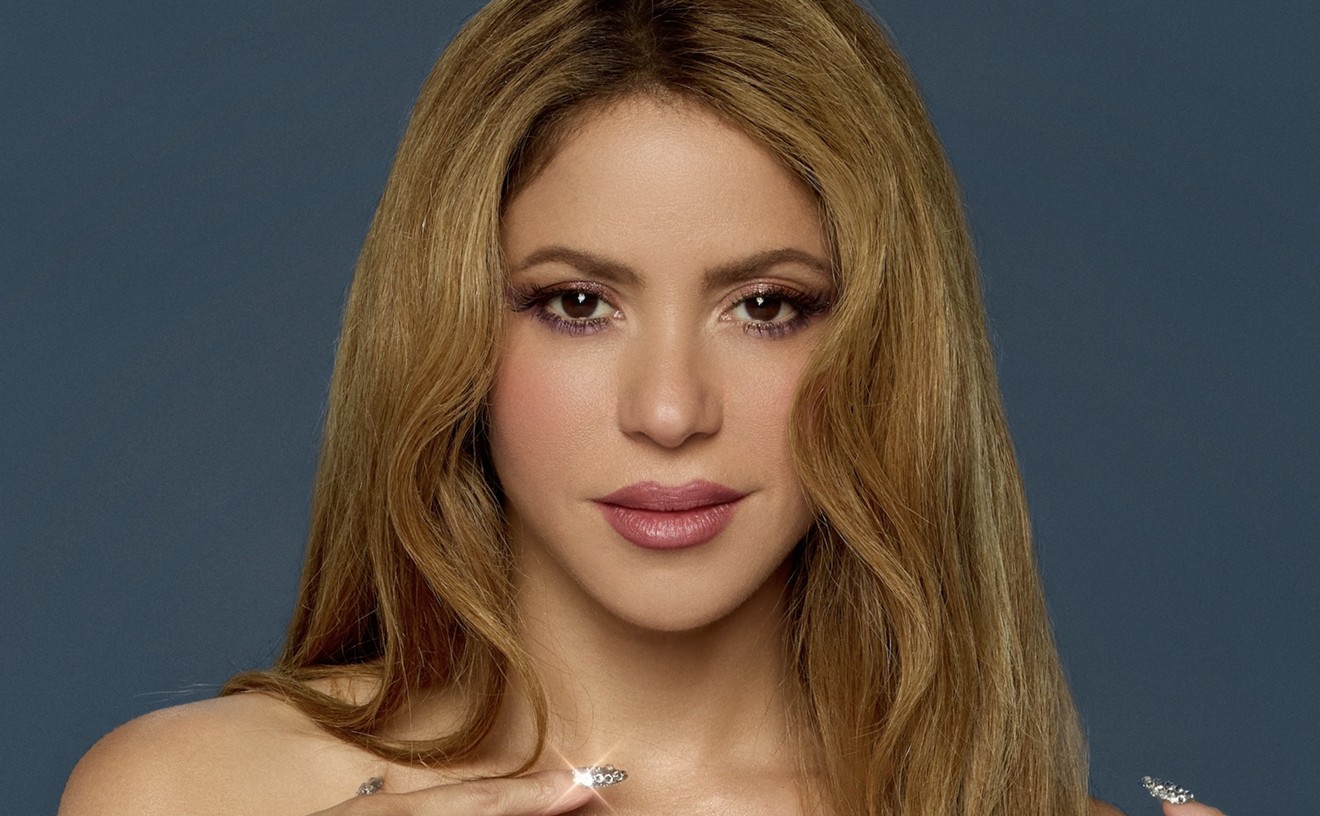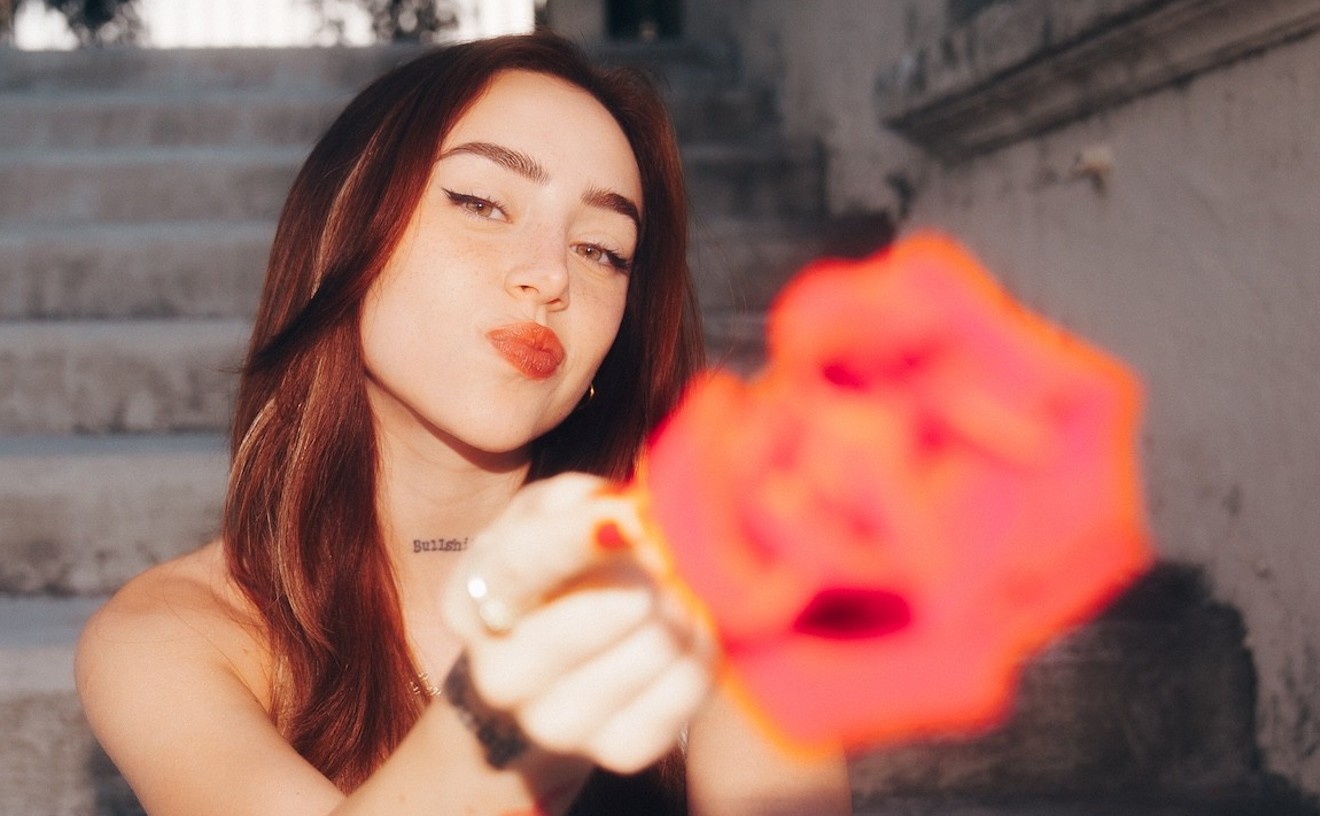One of the 20th Century's most remarkable avant-garde musical artists, Laurie Anderson (born June 5, 1947) made a point of defying musical norms ever since the late '60s, when she made her debut. A visionary of sorts, she plays violin, piano, and a variety of instruments of her own invention. She's rarely traveled in mainstream circles, but she did score a distinctive hit in 1981 with the single "O Superman" and five years later starred in a remarkable concert film titled Home of the Brave.
Anderson's artistic ambitions began with her first piece of experimental performance art, a symphony played entirely on automobile horns, and they took off rapidly from there. She played violin while on ice skates with the blades frozen onto a block of ice at a concert in the early '70s. Naturally, the piece ended when the ice finally melted. Her first single, "It's Not the Bullet That Kills You (It's the Hole)," did nothing to whisk her up the charts, but its title remains intriguing nonetheless. Likewise, an early LP, You're the Guy I Want to Share My Money With, a double album with William Burroughs, boasted a fourth side that was triple grooved, ensuring that the listener would get a different listening experience depending on where the needle was placed on the vinyl.
After an absence of several years, Anderson reentered the recording arena by signing with Nonesuch Records in the 2000s. A live concert recorded a week after the 9/11 attacks on New York City formed the basis of one of her better-known releases. Two years later, she achieved the rare distinction of becoming NASA's first artist in residence, inspiring a piece titled "The End of the Moon" and a visit to Russia's space center. She furthered her international profile by contributing to the opening ceremonies for the 2004 Olympic Games in Athens and to the 2010 Olympic Games in Vancouver. Other credits include narration for the Ric Burns film Andy Warhol: A Documentary Film, televised on PBS as part of the American Masters series, and a performance at Dublin's "Came So Far for Beauty" tribute to Leonard Cohen.
Anderson has worked with any number of outstanding artists in her career -- Peter Gabriel, William S. Burroughs, Brian Eno, Nona Hendryx, and Dave Stewart among them -- but her most prolific partnership is with Lou Reed, whom she married in 2008. Anderson worked with Reed on several of his more recent albums, and Reed repaid the favor by making guest appearances on her efforts as well. Reed also played at various dates on her "Homeland" tour, sharing a duet for vocals and guitar titled the "Lost Art of Conversation," In addition, the pair shared curating duties at the Vivid Sydney festival in Sydney, Australia, in May 2010.
Anderson's personal and artistic relationship with Reed may seem unlikely, given the fact that individually they explore such different terrain. However, it's certainly not the only union that's paired artists of such opposite extremes.
John Lennon and Yoko Ono
Like Laurie Anderson, Yoko Ono began her career as a visual artist before turning her attention to music. And like Anderson and Reed, Ono's efforts with Lennon veered more to her experimental side, as opposed to the rockier realms that the ex-Beatle had explored before. The results elevated Ono's profile but brought the couple lots of scorn and derision as well. In fact, it was only after Lennon's death that Yoko was accorded any measure of artistic appreciation.
Carlene Carter and Nick Lowe
Carter, the stepdaughter of Johnny Cash, and Lowe, the former U.K. pub rocker, couldn't have come from more disparate origins. Even so, the albums they recorded together under her banner while they were married (from 1979 to 1990) managed to merge both their styles in a breezy, rootsy kind of way.
Elvis Costello and Diana Krall
The two have collaborated on occasion, but for the most part, Krall's jazzier inclinations and Costello's wildly eclectic musical designs rarely find a common bond. Still, give her credit for mellowing out her husband's insurgent stance and helping to ease him into middle age.
New Times on Facebook | County Grind on Facebook | Twitter | e-mail us |










